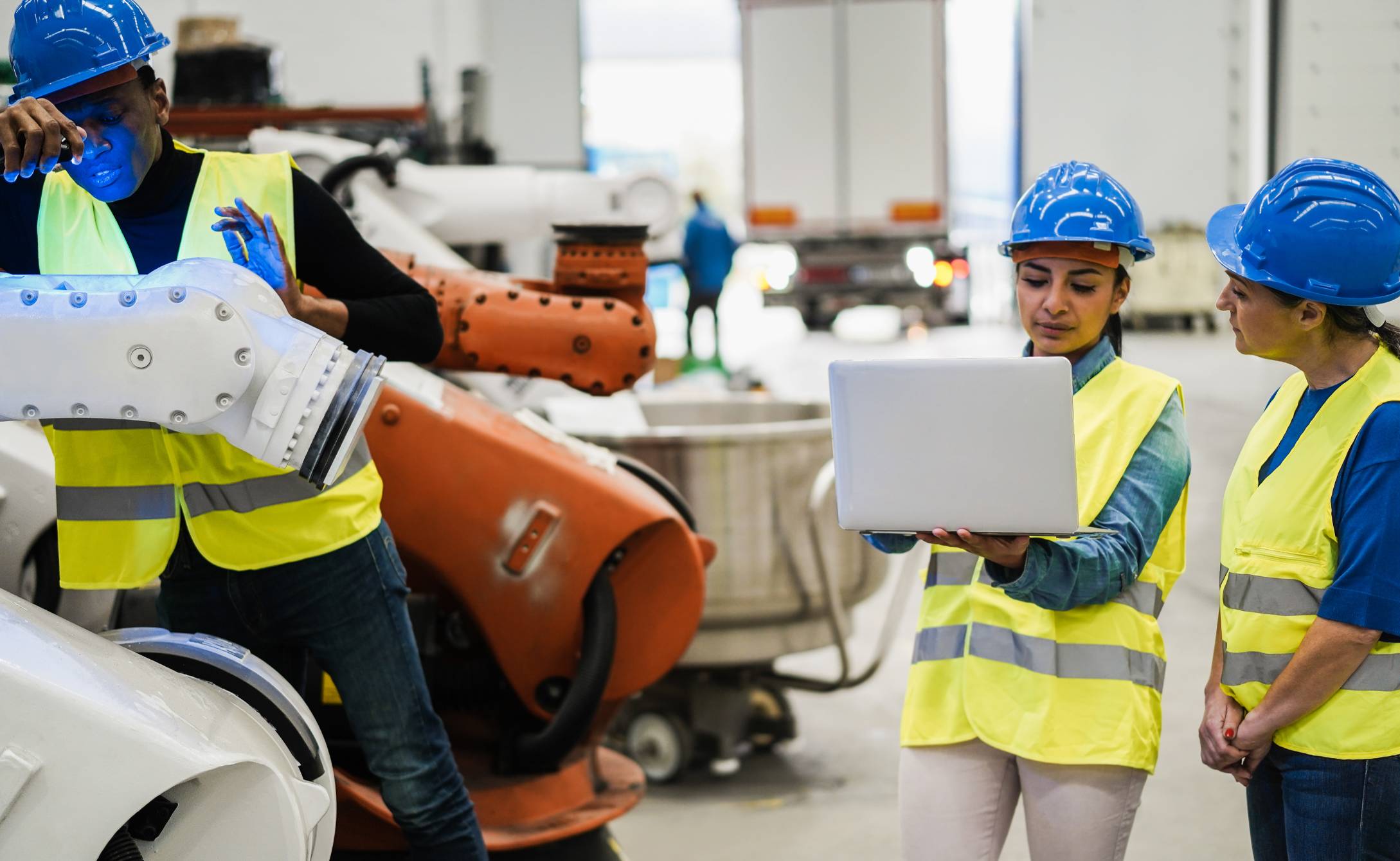In the dynamic world of modern industry, where efficiency and production are key drivers, finding innovative ways to minimize downtime and enhance operational efficiency is crucial. Enter predictive AI — a groundbreaking technological advancement that’s transforming maintenance and operational strategies across various sectors.
Welcome to this exploration of how predictive maintenance, powered by AI, is revolutionizing the way companies manage their equipment and operations. We’ll guide you through the intricacies of this innovative approach, highlighting how it can help organizations stay ahead of potential equipment failures and ensure seamless supply chain management.
The Evolution of Maintenance: From Preventive to Predictive
Traditional maintenance strategies have long relied on preventive measures to avoid equipment failure. The concept is simple: conduct regular check-ups and servicing to prevent unexpected breakdowns. However, as the complexity and scale of operations grow, the limitations of this approach become more apparent.
Predictive maintenance is the next evolutionary step. Instead of basing maintenance schedules on a calendar, predictive methods utilize real-time data analysis and AI to predict when equipment is likely to fail. This shift allows companies to perform maintenance only when necessary, reducing unnecessary costs and minimizing downtime.
This data-driven approach involves constant monitoring of machinery and equipment using sensors and IoT devices. These tools collect vast amounts of data on various operational parameters, such as temperature, vibration, and pressure. AI algorithms analyze this information to detect patterns and anomalies, offering insights into potential failures before they occur.
This transition from preventive to predictive not only reduces maintenance costs but also prolongs the lifespan of equipment, helping companies maintain steady operations and meet production demands consistently.
The Impact of Predictive Maintenance on Operational Efficiency
Predictive maintenance offers a paradigm shift in how companies approach operational management. By leveraging real-time data and AI, organizations can ensure their equipment runs smoothly and efficiently, significantly reducing the risk of downtime.
One of the most striking benefits is the reduction in unexpected downtime. Predictive maintenance enables companies to plan maintenance activities around their operation schedules, avoiding costly interruptions. This proactive approach ensures that production lines continue to operate seamlessly, which is crucial for meeting market demands and maintaining a competitive edge.
Another advantage is the optimization of maintenance resources. By predicting when and where failures might occur, companies can allocate their resources more effectively. This not only reduces labor costs but also ensures that parts and tools are available when needed, preventing any delay in the maintenance process.
The use of predictive maintenance also enhances supply chain efficiency. By ensuring that equipment operates at peak performance, organizations can better plan their production schedules and ensure timely supply of products to the market. This precision translates to better customer satisfaction and strengthens the company’s position in the industry.
Implementing Predictive Maintenance: Strategies and Challenges
While the benefits of predictive maintenance are evident, implementing this strategy comes with its own set of challenges. Embracing a predictive approach requires a cultural shift within organizations, alongside significant investments in technology and training.
One of the primary steps in implementation is integrating IoT devices and sensors into existing systems. This integration allows for the continuous collection of vital data needed for accurate predictions. It also involves establishing a robust IT infrastructure to support data storage and processing.
Training is equally crucial. Staff need to be equipped with the skills to interpret AI-driven insights and make informed maintenance decisions. This may involve workshops and ongoing learning programs to keep up with technological advancements.
Despite these hurdles, the long-term gains of predictive maintenance far outweigh the initial challenges. Companies that adopt this data-driven strategy can expect to see significant improvements in operational efficiency, reduced maintenance costs, and enhanced equipment reliability.
Moreover, the ability to foresee potential failures strengthens supply chain resilience, ensuring companies can continue to meet customer demands without interruption.
As we look to the future, the integration of AI in maintenance is set to become a dominant force in shaping how industries operate. Predictive maintenance promises not just a reduction in downtime and costs but a transformative shift in how businesses manage their resources and plan their operations.
The key to success lies in embracing this technology with open arms, investing in the necessary infrastructure, and fostering a culture of learning and adaptation. As predictive maintenance continues to evolve, those who stay ahead of the curve will find themselves leading the charge in operational excellence and industry innovation.
Join us in reimagining the possibilities of predictive AI, and let’s gear up for a future where equipment never sleeps and downtime becomes a relic of the past.

